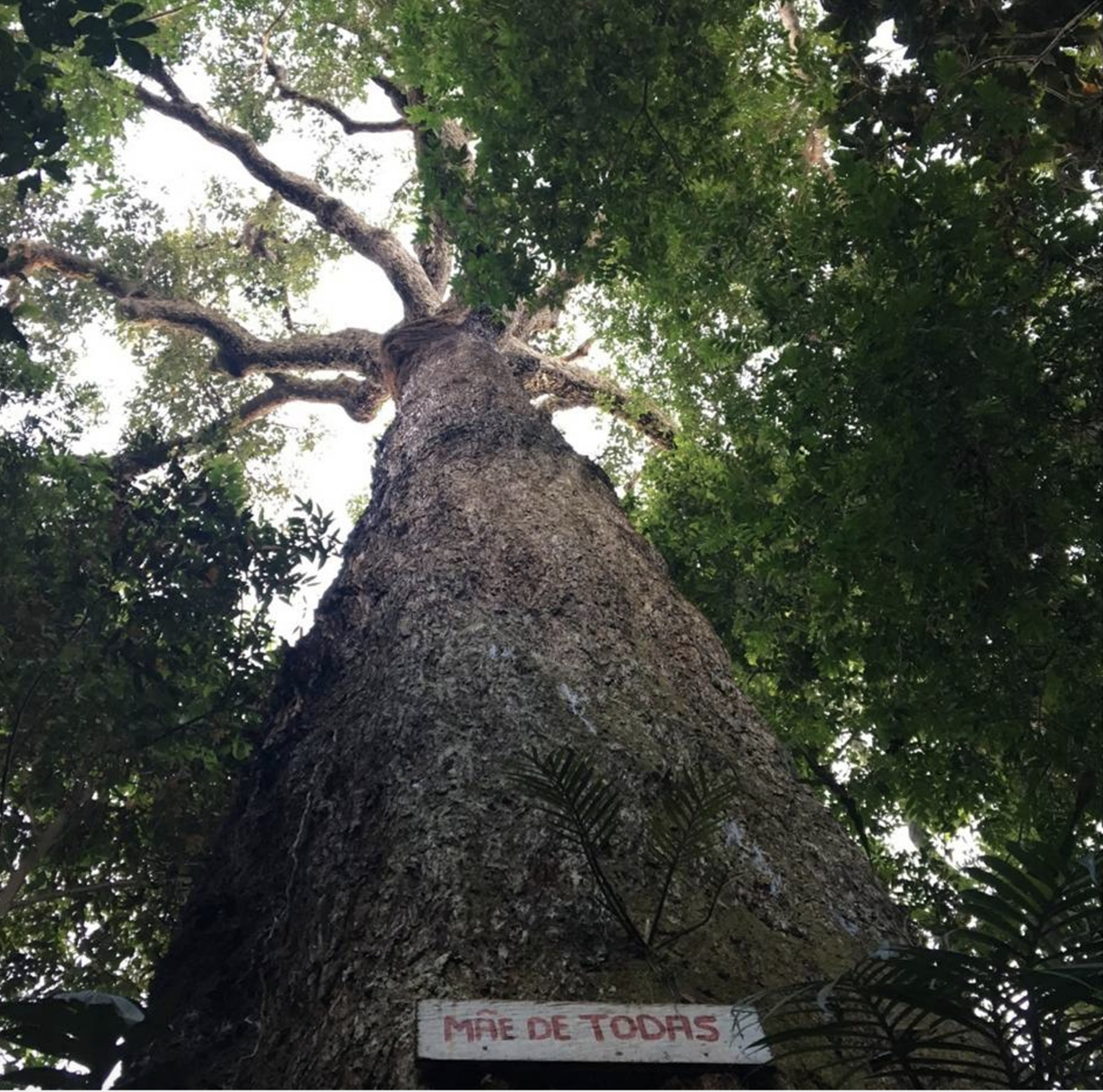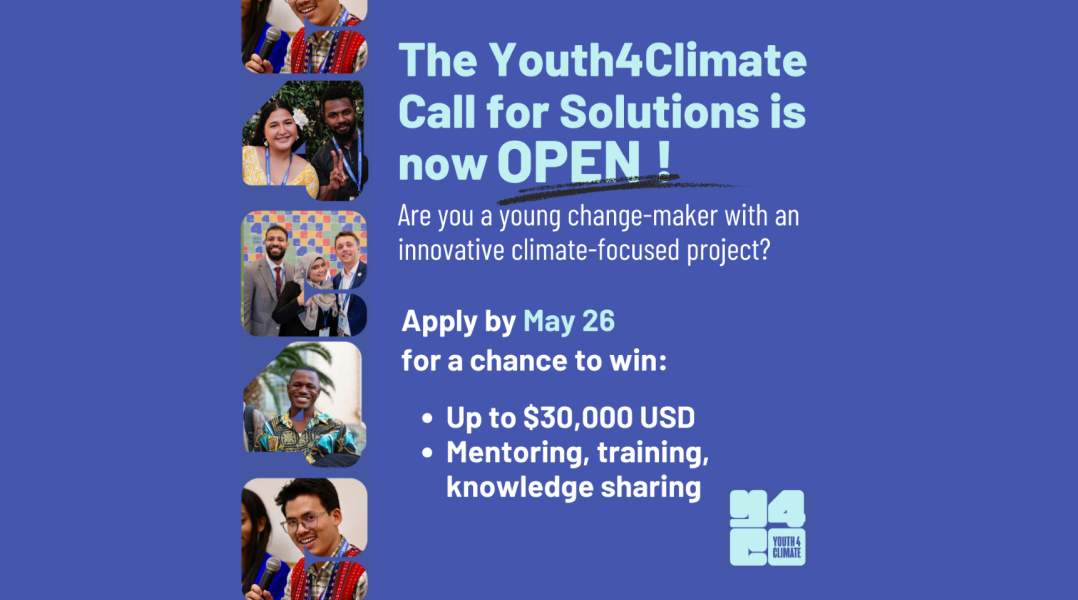Traditional peoples and biodiversity in Brazil – Contributions of indigenous peoples, quilombolas, and traditional communities to biodiversity, policies, and threats
The project comprises an essential collection for decision-makers, traditional peoples, and scientists from many countries. The work is a synthesis of the contributions of indigenous peoples, quilombolas, and traditional communities in Brazil to the generation and conservation of biodiversity and other ecosystem services. As well as public policies that affect them positively or negatively and the conflicts and threats to which they are subject. The research also brings evaluations and recommendations of international bodies about commitments assumed by Brazil.
Under the coordination of Manuela Carneiro da Cunha (USP and University of Chicago), Sônia Barbosa Magalhães (UFPA) and Cristina Adams (USP), the study involves intercultural research with indigenous peoples (Kuikuro, Yanomami, Guarani M'bya, Guarani Kaiowá , Wajãpi, Tuyuka and Tukano do Rio Negro, etc.), Quilombolas of Trombetas and traditional communities (babassu coconut breakers, populations of pasture bottoms, floodplains, caiçaras da Juréia, geraizeiros). In addition, it also involves affiliated scientists from 15 universities, 10 Brazilian and international Research Institutions, Non-Governmental Organizations, and various public bodies, such as the MPF, Funai, INCRA, IBGE, and MMA.
Commission work from the Ministry of Science, Technology, and Innovation (MCTI), resulted in this project. It was sponsored by the National Council for Scientific and Technological Development (CNPq), complemented by the support of a donor who wanted to remain anonymous and, also, with a contribution from the Brazilian Society of Ecosystem Services Platform (BPBES).
How do traditional peoples contribute to Brazil's biodiversity? To what extent do public policies affect these people and their contributions? These are the themes that this work addresses. More than two hundred researchers, including academics, indigenous people, quilombolas, members of traditional communities, and technicians from public institutions, sought to gather, for four years (2018-2021), what is known to date to support the answers. Those themes, by themselves, are not new. The 1992 Convention on Biological Diversity highlighted the importance of indigenous peoples and local communities to biodiversity.
The Intergovernmental Platform on Biodiversity and Ecosystem Services, the IPBES, since its creation in 2012, has proposed to include the knowledge, practices, and innovations of indigenous peoples and local communities in its continental or global reports. Therefore, what is new is not the themes and sources we use. However, the scope and special attention are given to indigenous peoples, quilombolas, and the many traditional communities, representing the traditional megadiverse population living and working in a biologically diverse country.
Due to these two characteristics, Brazil has a unique responsibility in the design of social and environmental public policies. What Costa Rica represented in biodiversity policies, Brazil can become in socio-biodiversity policies. In this research, we followed the inspiration of the IPBES Platform reports. Its primary addressees are decision-makers, which does not diminish its documental and analytical value for various specialists, including traditional peoples and historians of future generations. In line with the IPBES, it is an extensive survey of data and secondary information, compiled and analyzed to bring elements of answers to the questions proposed by the project.
Some chapters, however, contain primary information, including maps, produced specifically for this purpose. The Amazon is the biome on which the most documentation has been gathered and the most significant volume of information on indigenous peoples. This bias is attributable to the difference in the importance of sources and research. For the time being, the available sources on quilombolas and traditional communities are less abundant. It is enough to remember that the quilombola population would appear, for the first time, only in the population census that was scheduled for 2020. But data on the importance of the contributions of traditional peoples and quilombolas to biodiversity are beginning to accumulate, and the research should continue with new researchers. The work grew along the way.
There are six parts, containing 17 sections, each consisting of several chapters. It seemed more reasonable to divide the publication into volumes on the SBPC portal. Each book corresponds to a thematic section and will not follow the order of the general plan of the work on the portal, which appears below. In the end, all volumes will be combined into a single edition, plus a general introduction.
A new section will be published on this page every 15 days. Once a month, always on Thursdays, the SBPC will hold an online debate on its YouTube channel (@SBPCnet) on the topics presented in the period.
Images
External source(s)




